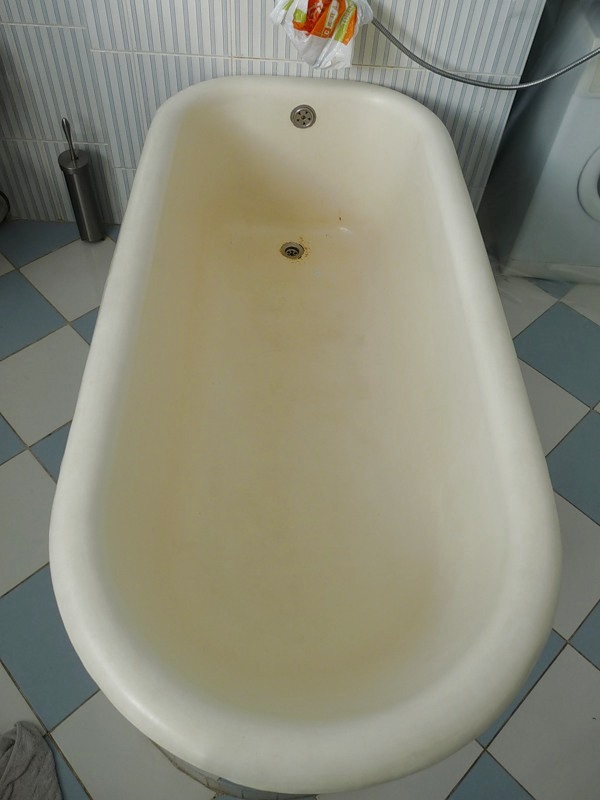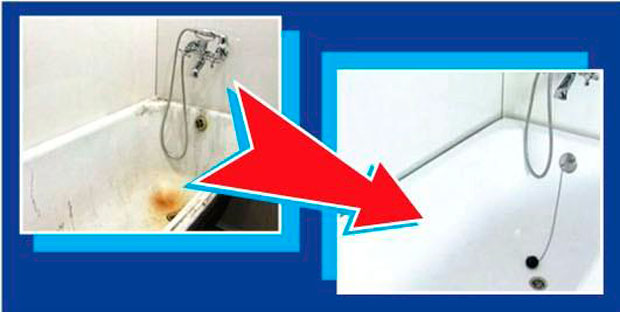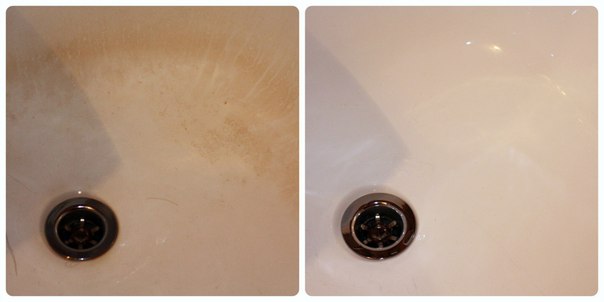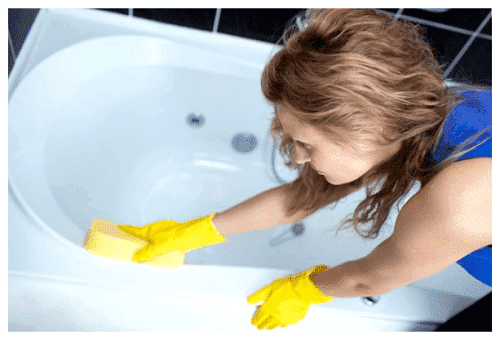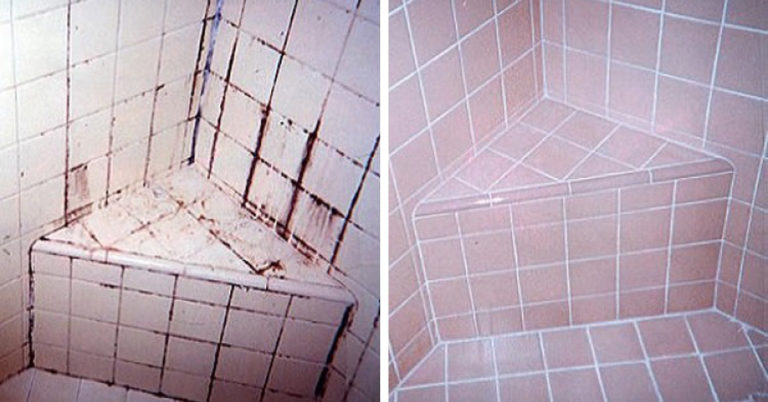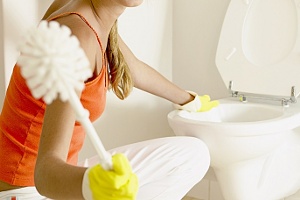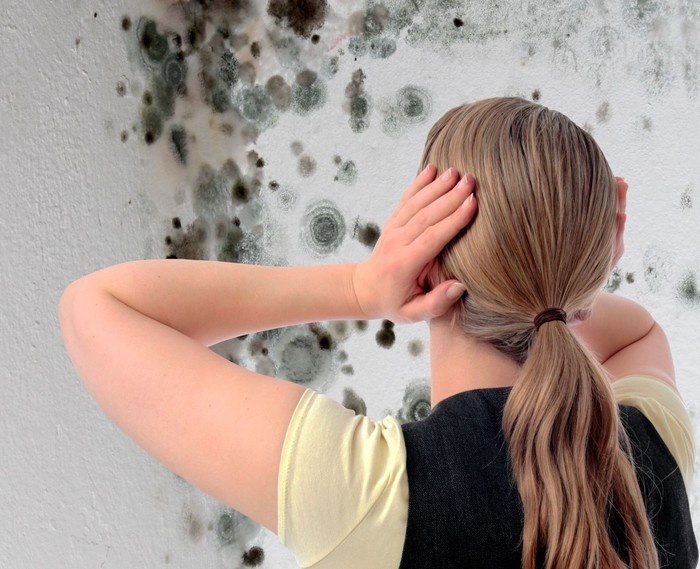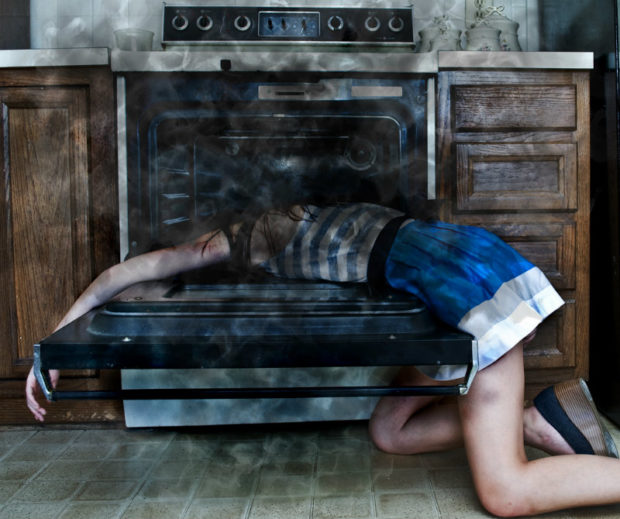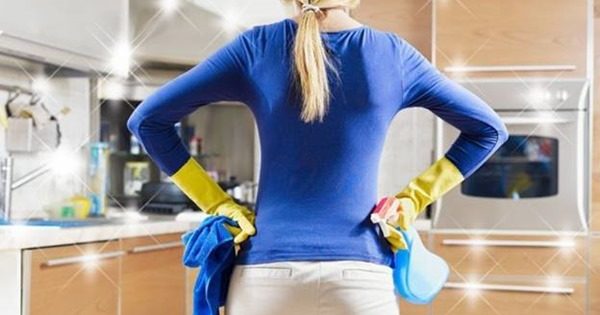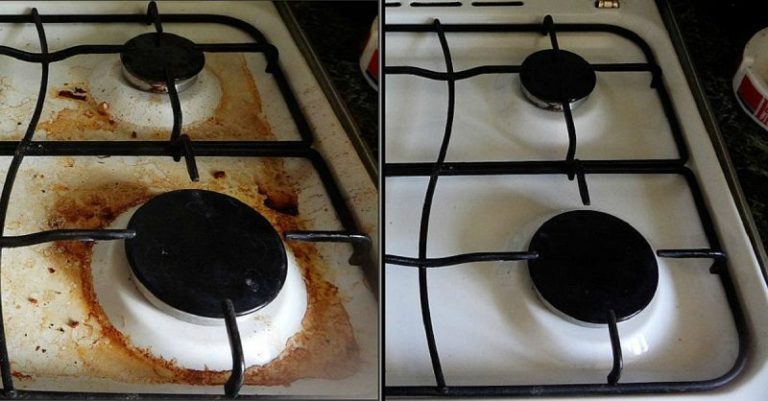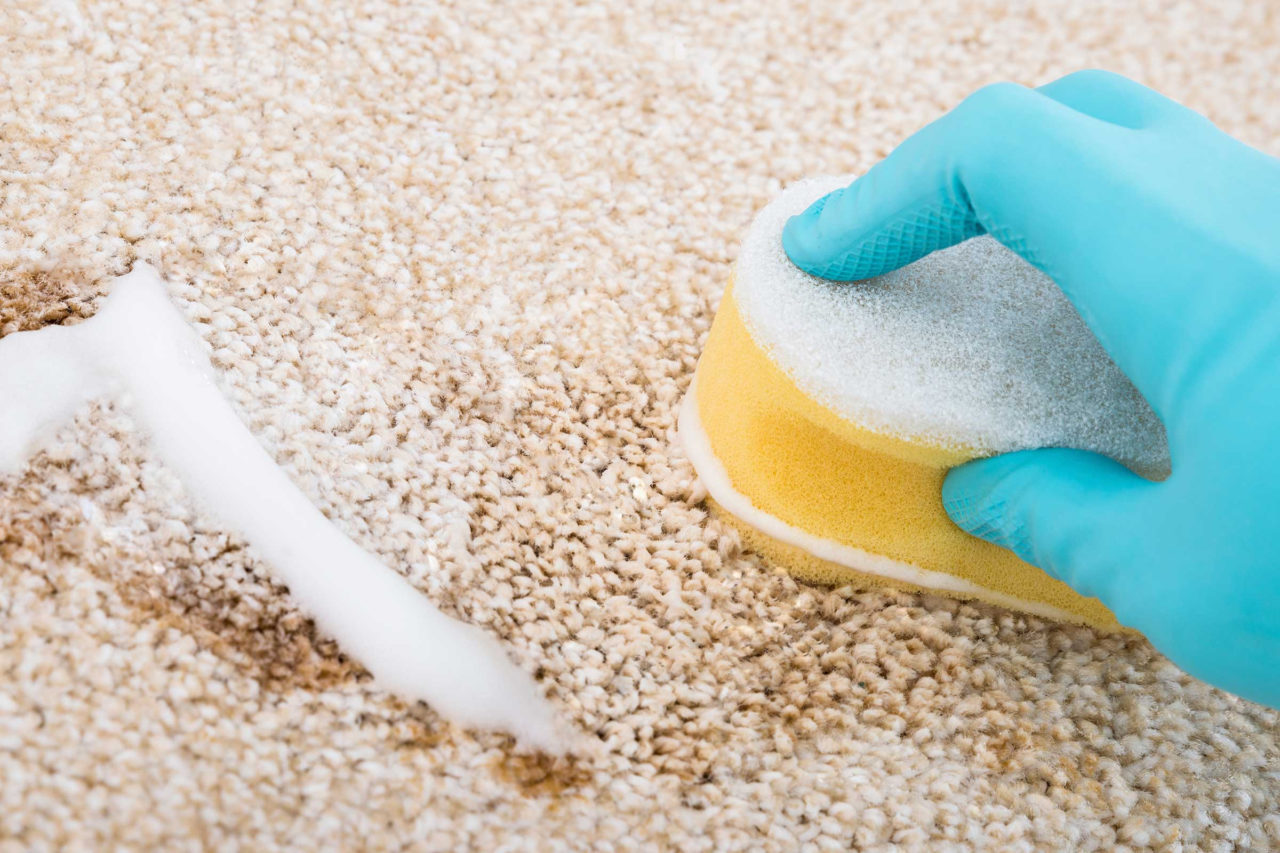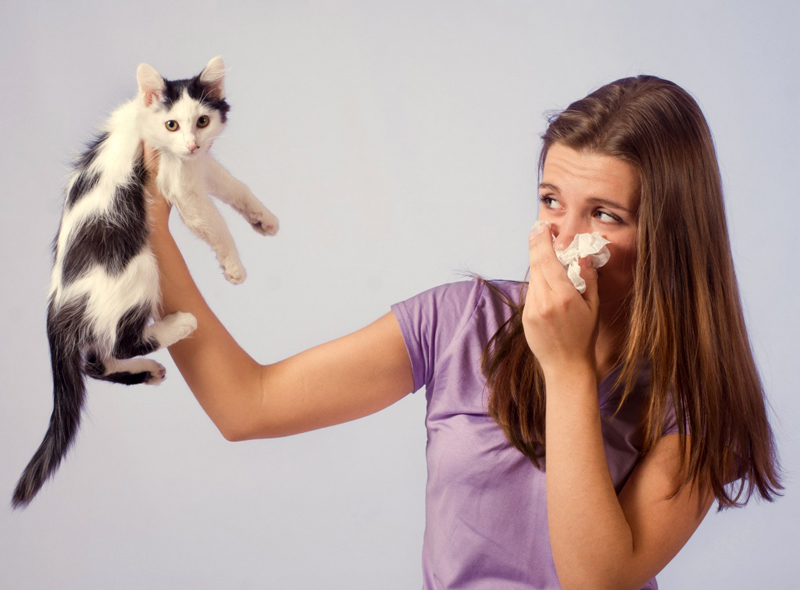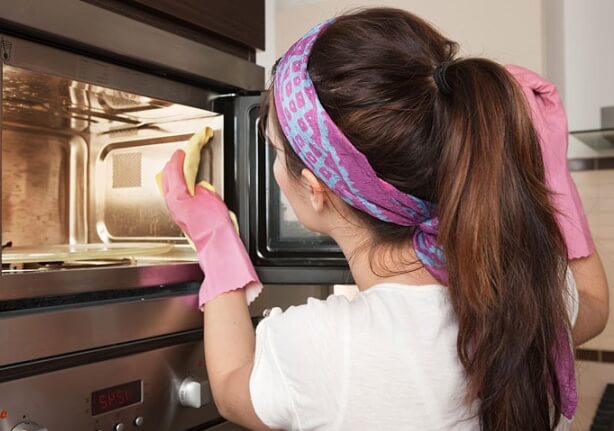12 ways to clean your bath from plaque and rust at home
Traces from rust and yellow plaque a once snow-white bath can significantly spoil the interior of the entire room and your mood. Unfortunately, given water quality in water supply systems, even the cleanest housewives will not be able to avoid their appearance. To to get rid of unwanted pollution it’s not necessary to immediately buy expensive cleaning products that are sometimes so aggressive that they can damage the skin of the hands. Today we’ll look at several effective ways how to clean the bath from plaque and rust in home conditions using the simplest means.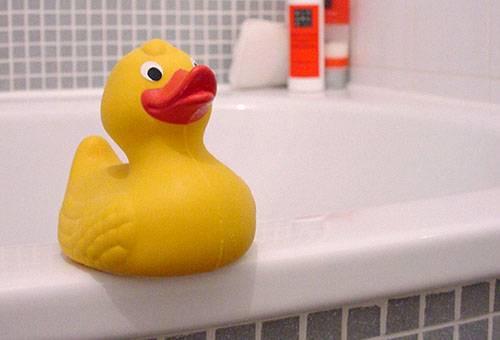
6 ways to clean a bath from rust
The most effective, and most importantly, inexpensive way to get rid of rusty smudges on bath – hydrogen peroxide. This simple tool, for sure, can be found in every home. It has oxidizing and reducing properties that will help dissolve contaminants. In combination with other components, it is possible to obtain a solution that will return to life even a hopelessly damaged surface.
Peroxide + ammonia
This is a proven tool over the years, which is often used by our grandmothers. With it, it is possible to whiten and slightly polish the enamel. To prepare the mixture required: 50 g of peroxide and 150 mg of ammonia. Mix these two components in a liter jar and leave for 10 minutes so that the necessary reaction goes through. Moisten a sponge liberally with the resulting liquid and carefully apply to the entire surface. Particular attention should be paid to places with pronounced spots. You can rinse off the product after 20 minutes with warm running water. If the stain is too old, you may have to repeat the cleaning.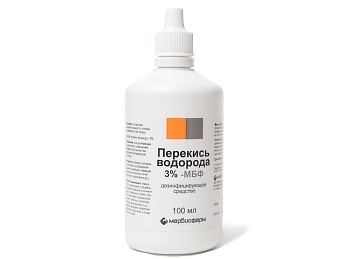
Peroxide + Trisodium Phosphate
This composition will help get rid of old rust at the joints and seams. Trisodium phosphate is commercially available at any hardware store. To obtain a solution required: 4 tablespoons of trisodium phosphate powder and 50 g peroxide. The powder must be diluted in three liters of warm water, and then add peroxide in small portions, stirring constantly. Stains should be watered with a thin stream of solution, while wiping them with a sponge. After the stain becomes noticeably lighter, pour the remaining liquid on it and leave for 10 minutes. Then rinse the bath with plenty of water. If necessary, the procedure should be repeated until complete disappearance. With the same solution, you can wash the bath curtain, soaking it for 10-15 minutes. 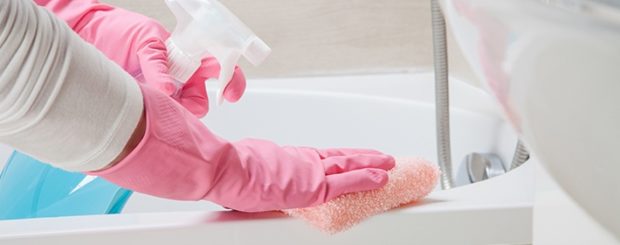
Peroxide + Tartar
The second component of this composition is known as a food supplement, which is often used in cooking. However, its acidic composition potassium acid Together with peroxide, it is an excellent tool for fighting rust at home. To make super pasta required: 300 g of mild detergent at your discretion, 70 g of peroxide and 5 g of tartar crystals.All components should be thoroughly mixed together and applied to problem areas. No need to apply the paste on the entire surface, otherwise you may damage the enamel. Even trying to remove a very old stain, it is not recommended to keep the product on the surface for more than 30 minutes. Rinse with plenty of running water. If you have not used all of the paste, close the container tightly and store in a cool place.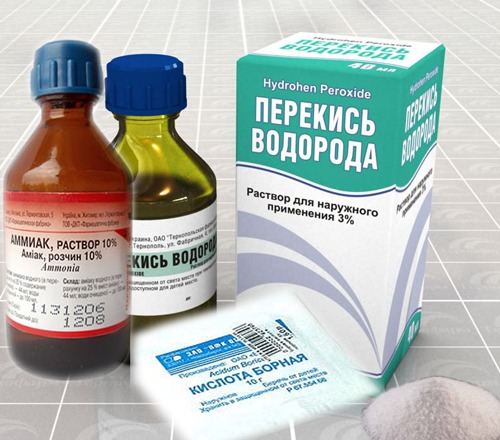
Vinegar + Soda
Another, no less effective and simple ingredient to combat rust - vinegar. Due to its increased acidity, it has become the basis for several products.
Every housewife knows about the miraculous property of soda ash, which perfectly copes with various contaminants. In combination with vinegar, it will help return dazzling whiteness enamels without much effort. To make the mixture necessary: 2 tablespoons of soda ash and ordinary baking soda, 1/3 cup vinegar (70%) and ½ cup liquid bleach. The main thing is to observe the special order of applying various layers. For cooking first layer mix both types of soda with each other and add a small amount of water to make a thick slurry. Apply it to a rusted surface. Now cook second layer: combine vinegar and bleach, mix thoroughly and apply on top of the slurry. Pour the liquid carefully so as not to damage the first layer. It is very important to apply the second coat exactly 30 minutes after applying the first and leave for another 20 minutes. This is necessary for the interaction of the components with each other and the desired chemical reaction. After 50 minutes, rinse with plenty of water. By the way, ordinary vinegar and soda dissolved in hot water will easily wash faucets and other chrome elements. To do this, dilute 0.5 cups of vinegar and 1 tablespoon of soda in a liter of water and place in the solution the elements that you want to regain shine for 15 minutes. 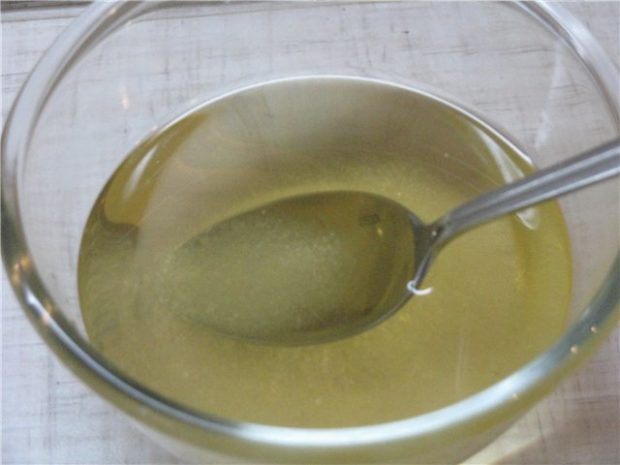
Vinegar + salt
If the previous composition could not completely eliminate the old rust spots, try to achieve the desired result by replacing the soda with salt. Mix 150 ml. apple cider vinegar and 2 tablespoons of table salt. The mixture must be heated in a water bath without bringing to a boil. Treat rusty areas with warm liquid. For best results, you can simultaneously wipe the surface with a sponge. Rinse off immediately after cleaning.
Hydrochloric acid solution
Remember that rust is stubborn stains that cannot always be removed the first time. If you don’t have the time or the desire to repeat the same procedure several times, use the most hard method.
Solution of hydrochloric acid, to work with which you need to be very careful, able to cope with the most difficult areas. This solution is sold ready-made. Open the lid very slowly, being careful not to spray the mixture. Be sure to protect your hands, respiratory tract and eyes with protective equipment, as the liquid is very aggressive. Use a cloth or sponge to apply on stains. Do not use for this paint brush. Hard bristles can spray the composition in different directions. After 10-15 minutes, rinse off the acid with plenty of running water. Before application taps, other chrome elements and a clean bath surface that does not require cleaning should be closed with cellophane. This recommended method for cleaning the bath, which they plan to replace soon. This is due to the fact that under the influence of acid, the enamel is destroyed and removed together with the composition. After which the surface becomes rough and matte. For relatively new baths, this method should not be used.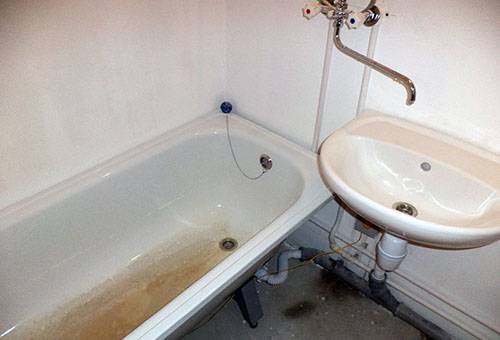
Choosing any of the above methods, be sure to use personal protective equipment and cover the floor and other elements where cleaning agent is not desirable.
6 ways to clean the bath from plaque and yellow spots
In order to effectively deal with this type of pollution, such as yellow spots, it should understand nature them appearances. These places are preceded by the formation of rust, and are formed due to constant, local contact with water. That is, if your faucet leaks and constantly drips into the same place, then the appearance of yellow spots is just around the corner. Limescale It is formed due to the fact that the water is too hard and contains an increased concentration of chlorine. Fighting them is much easier than rust, the main thing is to eliminate them on time. Let's consider in more detail the recipes of the most effective ways.
Turpentine + mustard powder
To prepare the mixture, mix both components in a 2: 1 ratio to mix thoroughly. Apply the resulting mixture to the spots and leave for 10-15 minutes. Then rinse with warm running water.
Table vinegar
In case of small pollution comes to the rescue table vinegar. Take a full bath of water and pour 1.5 liters of vinegar. Leave the bathtub full for the night. In the morning, flush the water and rinse the walls with a sponge and warm water. You can also dampen paper towels with 6% vinegar and cover them with the entire surface of the bathtub or separate places and leave for several hours. Then rinse with running water and neutralize the acid with an alkaline solution. 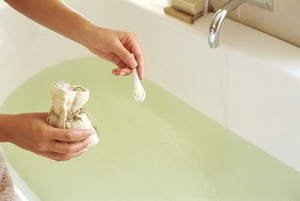
Lemon acid
Lemon acid help to easily cope with a yellow coating. A bag of lemons must be dissolved in a glass of water. Using a sponge, apply the resulting solution to the problem areas. Repeat the procedure at frequent intervals for two hours. After removing stains completely, rinse the bath with warm water.
Dry bleach
Dry bleach mix with water in a ratio of 1: 1. It should be a thick slurry that needs to be applied to the dirt. After the mixture has completely dried, rinse it off with warm water. Chlorine-based bleach is not recommended. It can negatively affect enamel. The only exceptions are modern cast-iron bathtubs.
Lemon juice
Natural lemon juice extruded onto a yellowed surface, will help restore its original appearance. It should be left for 10-15 minutes, then rinse with warm water.
Borax + vinegar
Mix borax (sodium tetraborate), which is sold in any pharmacy with table vinegar in equal proportions. With the resulting gruel, wipe the stain with a sponge until it disappears completely. Rinse with running water afterwards.
Also, soda and peroxide mixtures described in paragraph 1 do an excellent job with yellow spots.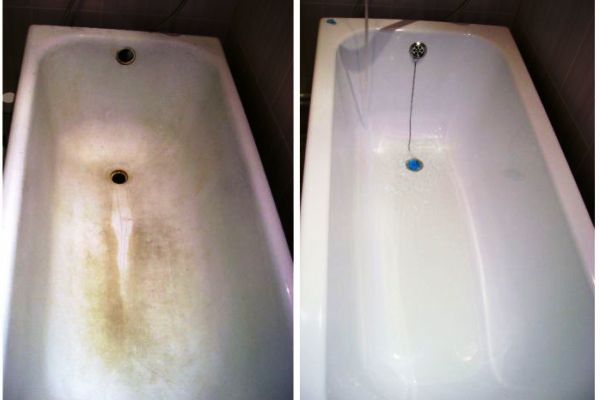
The choice of tool depending on the material of the bathroom
The meaning of the whole process is not only that find an effective tool but also to Do not spoil the coating. To do this, choose a composition based on the material of the bath.
- Acrylic bathtubs yellow plaque too. For this material, vinegar or lemon juice based products are used. In no case do not do it wash it with solvents, gasoline, alcohol, acetone, ammonia, chlorine or abrasive powders. The best way cleaning acrylic baths is a method based on apple cider vinegar. It is necessary to fill the bath with water and add 1.5 liters of vinegar. Vinegar can be replaced with a 7% citric acid solution. Leave the solution for 12 hours. After this, it is necessary to rinse the bath with water and neutralize the effect of alkali. To do this, use a mild detergent, for example, for dishes. This will prevent erosion of the top layer. Acrylic bathtubs should be cleaned no more than once every two weeks.

- Cast iron or enameled surfaces respond well to various types of soda, bleaches, vinegar, peroxide and ammonia. Soda can also be used as an abrasive by simply adding a little water. The resulting slurry must be rubbed with a sponge.Soda is very finely divided in composition and will not damage the glossy surface. A very effective mixture of soda ash with laundry soap, grated on a coarse grater. Mix everything in equal proportions, adding a small amount of water. Put gruel on the necessary places for 1 hour. If pollution pretty old ones You can add a little ammonia to the composition and increase the exposure time.

General tips for use
All listed compositions are highly aggressive. Therefore, some regulations when working with them:
- It is desirable to mix components among themselves in glass containers;
- Strictly observe proportions to achieve a good result. Otherwise, you will either not see any changes after application, or ruin the surface;
- When working with acids should provide ventilation in room;
- If the product comes into contact with the skin of the hands or eyes, rinse with plenty of clean water;
- Leaving the cleaning solution in the bathroom for several hours, be sure to warn all family members;
- Use soft sponges or brushes that will not scratch the surface. They will quickly accumulate dirt, which is difficult to remove;
- Old pollution will have to be washed in several stages, so do not worry if, after the first time, the result is not noticeable.

Bath Surface Care Tips
Everyone knows that best care - this is prevention. In order to avoid the formation of stubborn stains, it is necessary to adhere to recommendations that will not only help to maintain the dazzling whiteness of the surface for a long time, but also simplify care.
- Do not wait until the first signs of yellow or alkaline plaque appear, wash the bath after every shower. So you remove the soapy deposits, which accumulate very quickly. Rinse the surface with warm water so that it is not slippery, and then wipe it dry with a natural soft cloth;

- Drain completely and prevent the formation of small, wet islands. Their contours turn yellow very quickly. If the bathtub is installed at a slight slope and complete draining is not possible, wipe off the remaining water with a cloth;
- Stop the tap leakage in time. Do not let water drip onto the surface for a long time, this will lead to the formation of rusty drips;
- Pay attention to the condition water pipes. Replacing all the plumbing in the bathroom, it is reasonable to replace both the risers of hot and cold water and worn communication systems. Water flowing along the rusty inner surface of old metal pipes will carry particles of rust and turn a little yellow. When such water enters the surface of a new bath, it will quickly turn yellow;
- Clean with different products once every two weeks, and disinfection once a week;
Try to change the direction of the faucet so that the water flow does not constantly fall into the same place.

